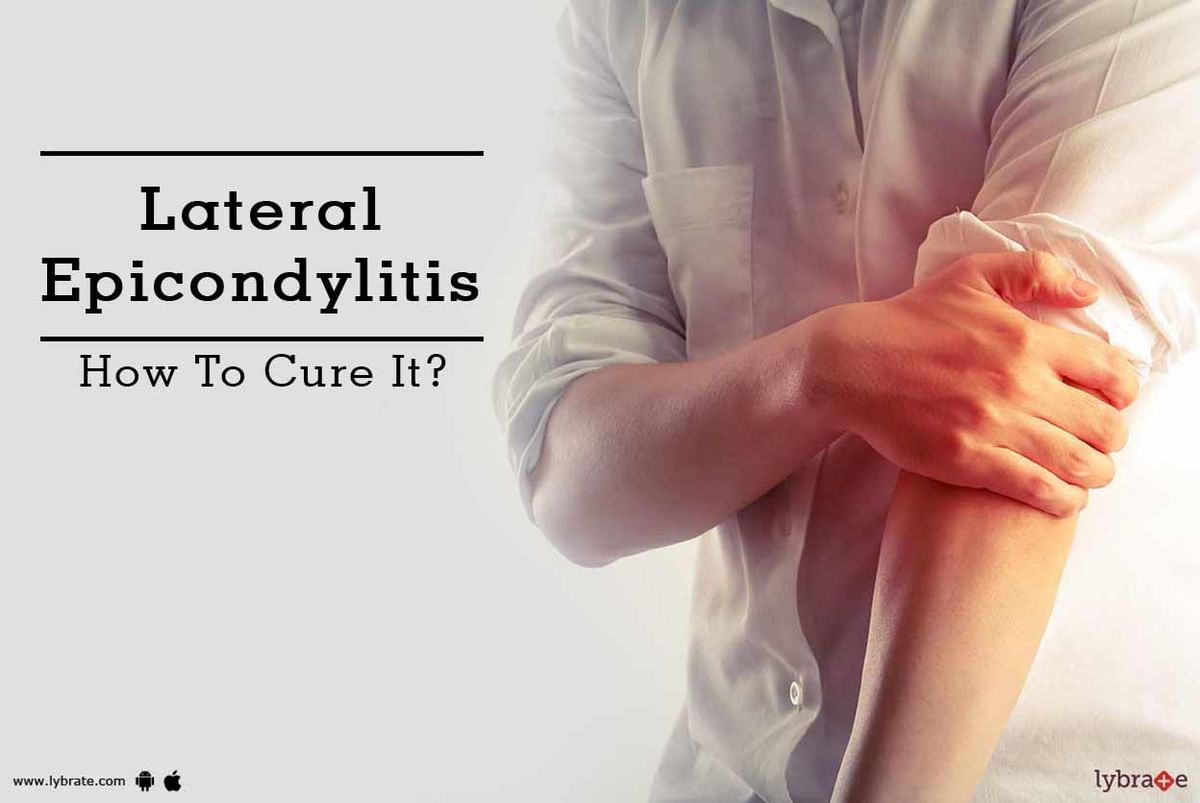Peerless Tips About How To Cure Lateral Epicondylitis

Treatment tennis elbow often gets better on its own.
How to cure lateral epicondylitis. Your forearm muscles extend your wrist and fingers. Weightlifting carpentry typing painting raking knitting symptoms of tennis elbow the main symptom of tennis elbow is pain and tenderness in the bony knob on the outside of your elbow. Tennis elbow is often linked to repeated motions of the wrist and arm.
The flexor carpi radialis is responsible for flexing the wrist (i.e., bending the hand inward so the palm faces the inside of the arm) as well as abducting the hand (i.e., moving the hand away from the body ). Extra stress on your elbow damages the tendon that connects your forearm muscles to your elbow. Tennis elbow (lateral epicondylitis) tennis elbow happens when you do a repetitive motion like twisting or swinging your lower arm a lot.
It often happens after overuse or repeated action of the muscles of the forearm, near the elbow joint. Lateral epicondylitis (also known as tennis elbow) is an overuse injury caused by eccentric overload at the origin of the common extensor tendon, leading to tendinosis and inflammation of the ecrb. Lateral epicondylitis, or tennis elbow, involves the muscles and tendons of your forearm.
A tennis elbow brace, a band worn over the muscle of the forearm just below the elbow, can reduce the tension on the tendon and allow it to heal. Primary doctors, physical therapists and, in some cases, surgeons work together to provide the most effective care. Let the weight of the dumbbell help rotate your arm outward, turning your palm up.
Diagnosis is made clinically with tenderness over the lateral epicondyle made worse with resisted wrist extension. Your forearm tendons — often called extensors — attach the muscles to bone. What physical therapy entails there are several different things that a physical therapist does to help reduce the symptoms associated with tennis elbow.
Description lateral epicondylitis, also known as tennis elbow, and lately proposed as lateral elbow (or epicondyle) tendinopathy (let) [1] is the most common overuse syndrome in the elbow. If you do suspect you have tennis elbow, using a sports medicine team to properly diagnose and treat this can get you back in the swing of things in no time. Most people get better with a few months of nonsurgical treatment and rest.
For refractory cases, surgical options include open, arthroscopic, and percutaneous techniques. Efficacy of nonoperative treatments for lateral epicondylitis: In most cases, treatment involves a team approach.
Use of an inelastic, nonarticular, proximal forearm strap (tennis elbow brace) may improve function during daily activities. Efficacy of physical therapy for the treatment of lateral epicondylitis: It's clinically known as lateral epicondylitis.
Part 1 covered assessment and clinical anatomy and in this section we are going to focus on treatment considerations and commonly used manual therapy techniques and exercise prescription. Lateral epicondylitis lateral epicondylitis typically resolves without treatment in 6 to 12 months. Epicondylitis most often occurs in individuals who are 30 to 50 years old.
There are many treatment options for tennis elbow. Welcome back to part two of the lateral epicondylalgia series. This article presents a landscape of emerging evidence on lateral epicondylitis and focuses on the pathogenesis, diagnosis, and management, shedding light on the understandings and treatment for healthcare.














